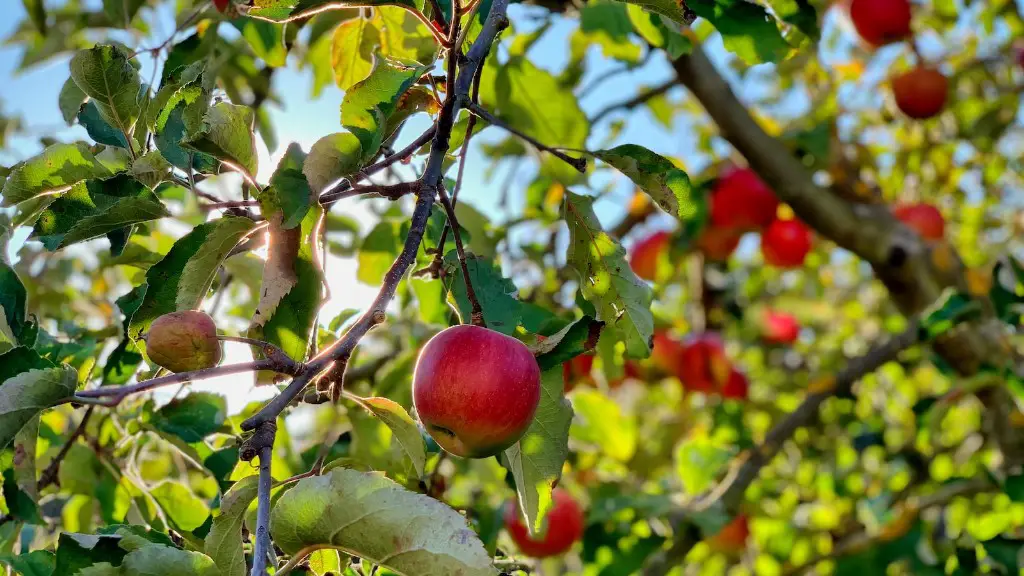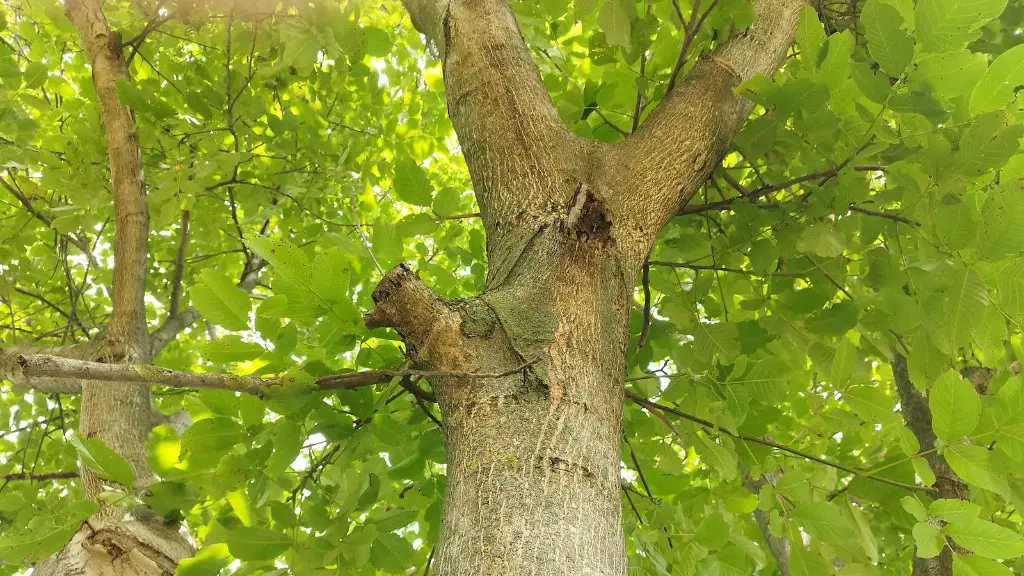Honeycrisp apple trees are an appealing backyard addition, as the fruits are delicious and widely celebrated for their sweet and tangy qualities. Growing a Honeycrisp tree successfully requires a few key steps. Firstly, you must decide if the tree should be grown from a nursery sapling or planted from a seed. Secondly, you’ll need to plant the tree in the right soil and in the right location with plenty of sunshine. Thirdly, you’ll have to fertilize and water your Honeycrisp tree regularly throughout its growing season and be aware of any disease or pests. Fourthly, you’ll have to prune and thin the Honeycrisp tree in order to make sure it has the best conditions to grow and bear fruit. Finally, you should harvest the apples when they change color.
Types of Honeycrisp Apple Trees
There are two kinds of Honeycrisp apple trees – semi-dwarf and standard trees. Dwarf trees are ideal for people with smaller spaces, but may take a bit longer to bear fruit. Standard trees require a larger space, but will typically produce fruit faster. The other major difference between the two varieties is the longevity of the tree, with the standard variety living longer than the dwarf.
Preparing Your Site
When your Honeycrisp apple tree arrives, prepare the ground by digging a hole twice as wide as the root ball. Remove any weeds or debris in the planting area and mix a shovelful of compost into the soil. When you’re ready to plant, you should make sure the tree’s roots are properly spread. Then place the tree in the hole and backfill, pressing the soil down firmly.
Fertilization and Watering
Once planted, you’ll need to keep your Honeycrisp tree watered sufficiently. The soil should be kept moist, but not wet. You may also want to fertilize your tree during its growing season, preferably with an organic fertilizer or compost tea. All-purpose fertilizers can also be used, but should be used sparingly in order to avoid nitrogen burn.
Pruning and Thinning
Pruning and thinning your Honeycrisp tree properly helps maximize fruit production and helps keep the tree healthy. Prune any dead branches as you see them, and thin out any new growth that appears crowded. This will give the Honeycrisp tree plenty of room and light to produce fruit. You should also remove any debris and excess foliage that accumulate underneath the tree.
Harvesting Your Honeycrisp Apples
Your Honeycrisp apples are ready for harvest when their skin has turned from a deep green to a yellowish-green or a reddish-green. Be sure to pick the apples carefully, as they are prone to bruising. After harvesting, the apples should be stored in a cool, dry location as soon as possible to prevent spoilage.
Wildlife Protection
You should keep an eye out for any wildlife that might be attracted to the Honeycrisp tree in your backyard. Bears, deer, and other animals may be drawn to the ripening fruit, so you may want to consider fencing off the area or using repellents to keep your harvest safe.
Pest Prevention
Pests such as apple maggots, scale, and aphids can wreak havoc on your Honeycrisp tree. To protect your tree, you should regularly inspect it for any signs of injury or damage, and check for pests and disease. You can also spray with insecticides or other solutions suggested by your local garden center.
Mulching
A mulch layer of about two inches can help protect your Honeycrisp tree from extreme temperatures, as well as from weed and pest infestations. Be sure to keep the mulch away from the trunk and replace it every year.

